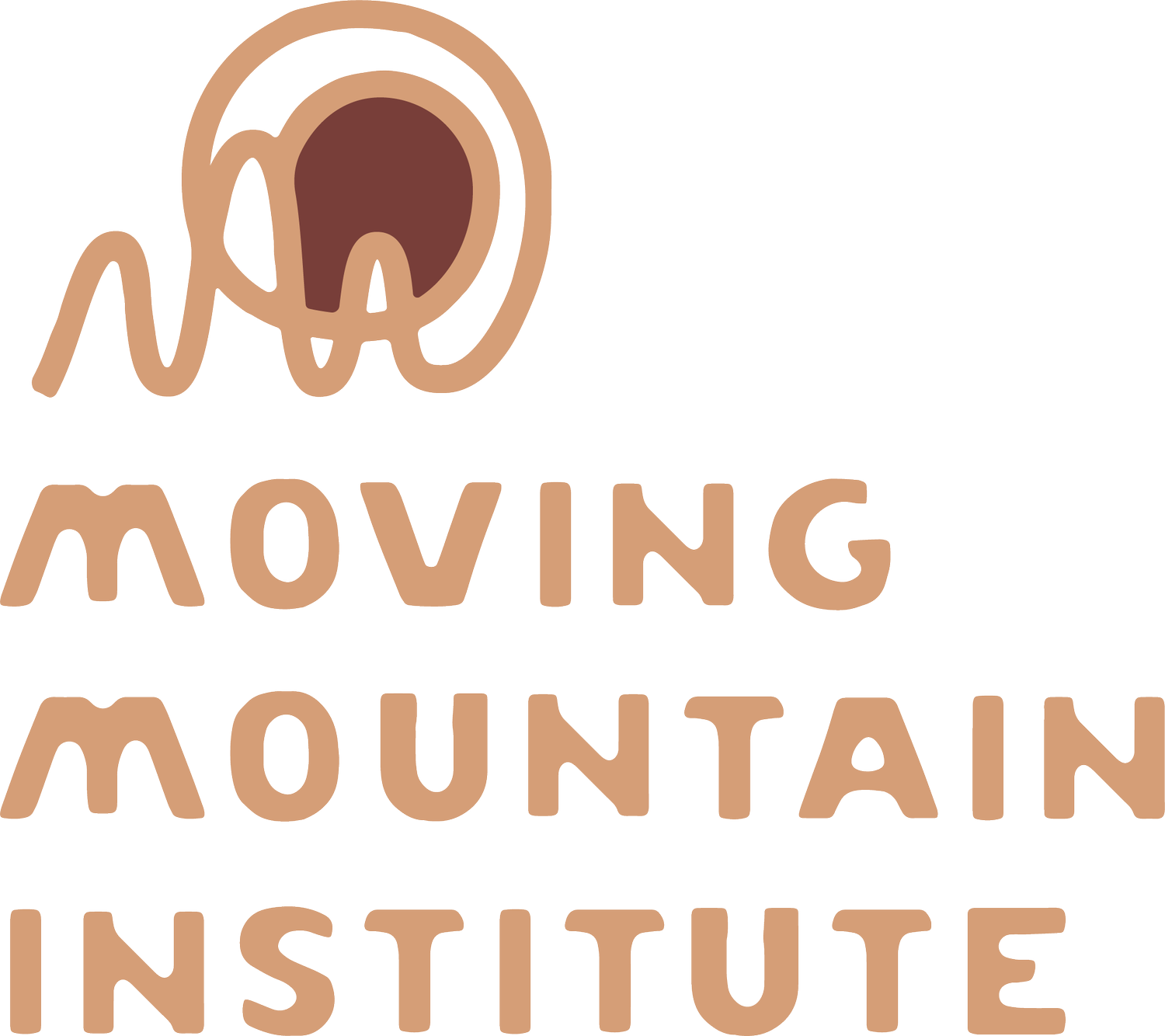Listening-Hands and The Nervous System in the Clinic
/Patient needs are becoming increasingly complex. The “nervous system” is recognized as a key component of this increasing complexity – but how do we work with the nervous system in a meaningful way in ever changing case scenarios? This is one of the most important questions facing healthcare today.
There is no easy answer to that question – but we must move beyond protocols and into a fluid, engaged and creative approach. An approach that meets current patient needs draws from multiple disciplines to meet the myriad reflections of dysregulated nervous systems and the symptom pictures they present. When hands-on manual therapies are applied within in a context that integrates understanding of how the nervous system is reflected in the tissues and how the tissues intercommunicate with the nervous system these therapies become much more than adjunctive – they become an important component of an integrated treatment plan.
Listening Hands
A hallmark of the Osteopathic approach that we embrace whole-heartedly is to listen to the body. The techniques we teach emphasize what we call listening-hands. It is our priority to listen and respond to the tissue. This allows for several things to occur in treatment but one that I want to highlight here is that how listening hands assist dysregulated nervous systems.
Practicing listening-hands means we move slow and adjust our depth and pace to the patient’s tissues – this is also adjusting our touch to the patient’s nervous system as the nervous system is present within the tissue layers and often can be vigilant when touch is involved.
Neuroception and Touch
Stephen Porges coined the term neuroception as part of his Polyvagal Concept and his deep exploration of the science of safety. Neuroception means that we are constantly assessing our environment to ensure that we are safe. We are doing this below the level of conscious awareness. And often, it is a body response that is the first sign that our neuroceptive system feels uncomfortable.
This is important for us as touch therapists – if we practice listening-hands we are attuning our work, our touch in a way that communicates respect and hopefully safety, to the patient’s neuroceptive reality. Touch that is responsive to how the body on the table is experiencing the work communicates our willingness to modulate our work to the patient and not make the patient conform to our preferences. For our patient, having the opportunity to modulate their felt sense in response to touch is so important – touch that overrides tissue comfort is also overriding their neuroceptive signaling and starts to limit any healing that might occur on the table.
We believe that establishing this level of safety through touch is deeply healing. And as a person’s tissue world begins to feel safe in this manner they become able to explore their felt sense in new ways that open doors of discovery and connection – both within themselves and their relation world.
Our courses provide a framework to learn and apply the manual therapy techniques in a nervous system literate context.
Note: These are big ideas and concept I am constantly refining, deepening my understanding of and applying to my own practice. Like all of us, I am a work in progress. Sharing these ideas and cultivating dialogue is one way I am constantly developing as a person and practitioner. I invite all of you to share in the discussion!
Further reading: There is a rich field of study available now that is bringing forward the primacy of the felt sense. I have found much insight from the fields of Interpersonal Neurobiology and The Polyvagal Theory.
The Pocket Guide to the Polyvagal Theory, Stephen Porges
The Developing Mind, Dan Siegel
The Pocket Guide to Interpersonal Neurobiology, Dan Siegel
Being a Brainwise Therpapist, Bonnie Badenoch
Beautiful prismatic sketch of hands @LuiFerreyra




